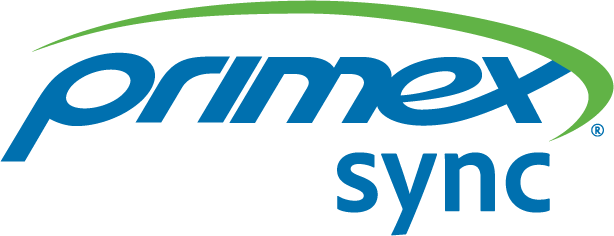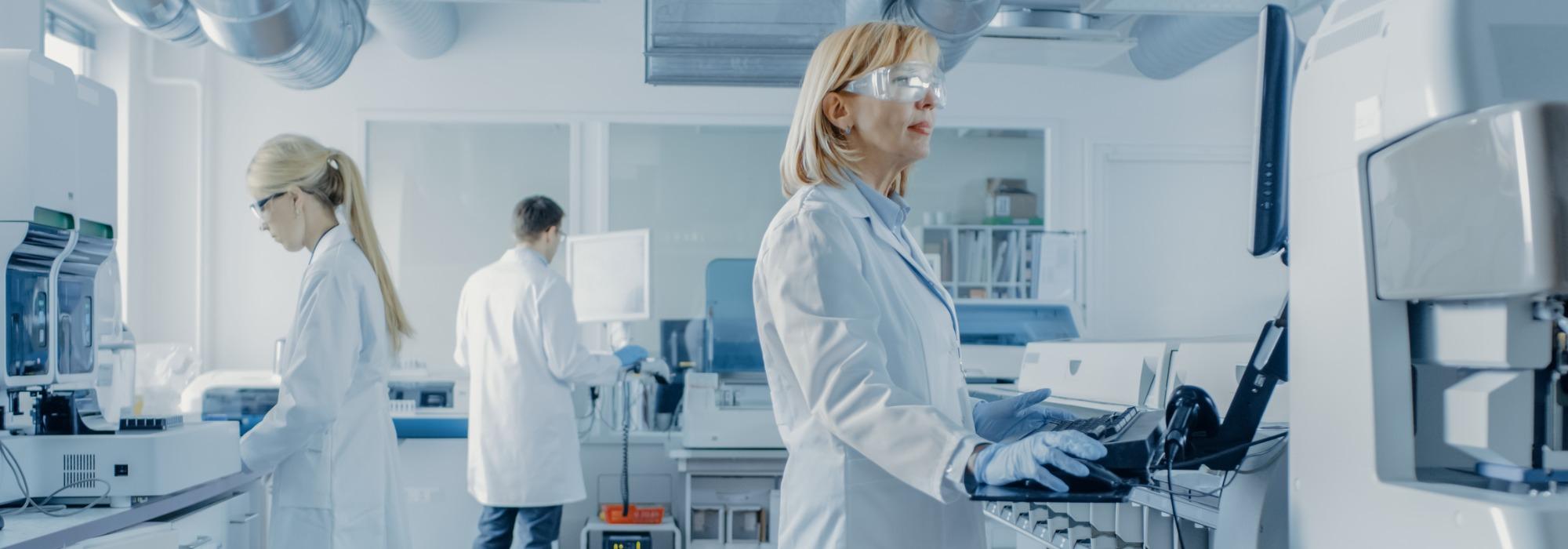Whether or not your hospital or healthcare facility has its own lab, ensuring a prompt and appropriate turnaround time (TAT) for a lab sample can significantly impact patient satisfaction and clinical decision-making. TAT is widely defined as the time elapsed from when the lab receives the sample until the sample reports are sent back to the clinical staff with lab verification. Physicians may view TAT as the time between test ordering and result reporting. No matter the definition, both can factor into a patient's care outcome and experience. For facility leaders with in-house labs, think: when did you last analyze your lab's average TAT?
What is the Recommended Lab Turnaround Time?
Certain lab samples may take longer, depending on the type of sample (blood, urine, saliva, stool, etc.), but a 2007 Clinical Biochemist Review journal article, since cited over 85 times in other clinical articles, states an acceptable facility-wide TAT goal of having over 90% of common lab samples registered and reported within 60 minutes.
What Should Define a Lab's Quality?
The article also states that lab technicians, rightfully so, usually limit lab quality discussions to focus on precision and accuracy rather than how quickly they can pump out lab results. However, in addition to delivering the proper care based on lab results, clinicians are more involved with ensuring a positive patient care experience, which most certainly often includes timeliness.
How Can Facilities Optimize the Balance Between Lab Accuracy and Timeliness?
While it can be true that lab technicians and clinical staff define lab quality and TAT differently, one thing is usually certainly agreed upon: providing the patient with the best care possible. To do so, keeping all hospital staff, including those in the lab and those on the frontlines, on time and in sync can eliminate time discrepancies and solidify schedules.
Primex Sync ™ synchronized clocks can help bridge the gap between the importance of lab result accuracy and quick lab TATs. When Primex clocks, whether analog or digital, are installed throughout a facility, all staff, regardless of where they work, are operating on the same time. When a nurse or other staff member submits a lab sample and records the time, that is the one true time that lab techs also see and work from. Lab staff can utilize that time to track how long it takes to analyze the sample and report results with little chance of inaccurate timing due to mismatching clocks. The time always remains synchronized throughout all clocks in a facility.
Patient satisfaction scores can be higher when there's consistently a lower chance of late-reported lab results.
Overcoming Other Barriers to Long Lab Turnaround Times
With the severe staff shortages that many healthcare facilities are experiencing, OneVue Sense® automated monitoring can help. By eliminating manual logging tasks and providing proactive alerts for out-of-range storage unit conditions, staff will be free to focus on more important things, like patient care.
Having more time for patients and shortening lab result TAT can both impact a patient's healthcare case. Accurate lab results are essential in clinical-decision making, and quick results go a long way to ensuring a patient feels attended to and cared for.
To experience these benefits that Primex solutions can bring to your healthcare facility, contact us today.






